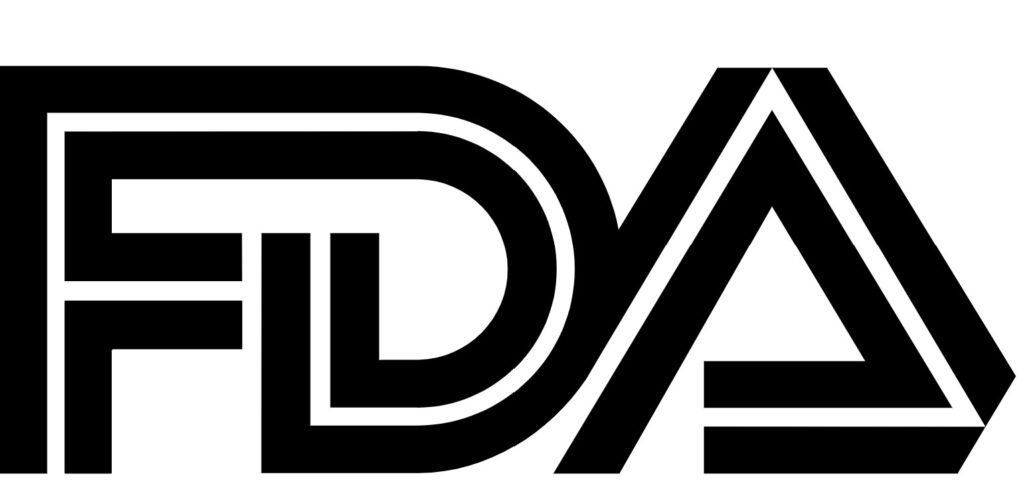As the clinical industry ventures into 2024, the landscape is increasingly shaped by the FDA’s evolving expectations. This year, a greater emphasis is placed on data integrity, technological integration, and the adaptation to new inspection models. In this context, insights from previous blogs such as “Why Quality is Everyone’s Business“, “Steps To Establishing a Quality Culture in Clinical Research“, and “How Changes in E6 (R3) of ICH GCP are Changing the Future of Clinical Trials” become particularly relevant.
- Emphasizing Quality as a Universal Responsibility
Echoing the sentiments of “Why Quality is Everyone’s Business“, it’s imperative to recognize that quality in clinical trials is not just the responsibility of the quality assurance team but of every individual involved. This collective approach ensures thorough preparation for FDA inspections and enhances overall trial integrity.
- Establishing a Quality Culture in Clinical Research
Drawing from “Steps To Establishing a Quality Culture in Clinical Research”, it is crucial for organizations to cultivate a culture where quality is ingrained in every process. This involves regular training, proactive risk management, and an environment that encourages transparency and continuous improvement. Such a culture not only aids in inspection readiness but also ensures adherence to the highest standards of clinical research.
- Adapting to Changes in ICH GCP Guidelines
The blog “How Changes in E6 (R3) of ICH GCP are Changing the Future of Clinical Trials” highlights the significant updates in the ICH GCP guidelines, especially E6 (R3). These changes, focusing on risk-based approaches and enhanced data integrity, have direct implications on inspection readiness. Organizations need to adapt their strategies and processes to align with these updated guidelines, ensuring compliance and readiness for FDA inspections.
- Integrating Technology and Data Management
With the FDA’s technology-driven approach, organizations must integrate advanced data management systems and adopt technologies like AI and blockchain for better traceability and security. This also includes ensuring that electronic health records (EHRs) and electronic data capture (EDC) systems are leveraged effectively for streamlined data collection and analysis.
- Remote and Hybrid Inspection Readiness
Adapting to remote and hybrid inspection models is essential. Organizations must ensure their digital infrastructure is secure, compliant, and capable of providing necessary documentation and data remotely.
- Global Regulatory Compliance
For organizations involved in international trials, understanding and adhering to global regulatory standards, including those set by the FDA, is crucial.
Conclusion
As the clinical industry progresses through 2024, a multifaceted approach to inspection readiness is key. Emphasizing quality as a collective responsibility, establishing a strong quality culture, adapting to changing guidelines, and leveraging technology are integral components of this strategy.
We Value Your Input:
How have the changes in ICH GCP guidelines impacted your organization’s approach to inspection readiness? Share your experiences and insights, and let’s discuss how these evolving standards are shaping the future of clinical trials.








